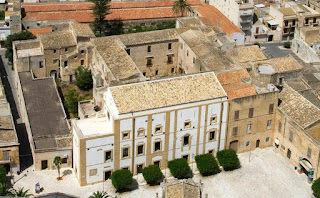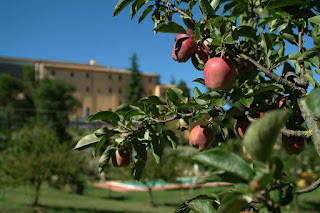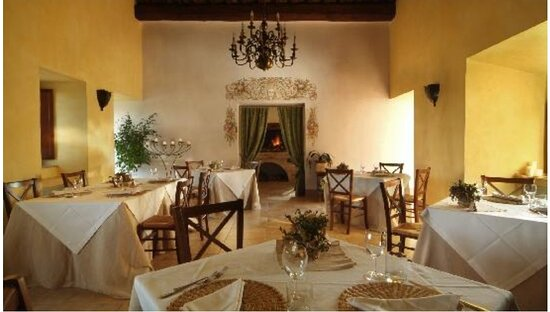 Antiquities Trafficking Unit - ATU,Getty Villa,J. Paul Getty,J. Paul Getty Museum,Manhattan District Attorney,Matthew Bogdanos,Orpheus and the Sirens,Raffaele Monticelli
Antiquities Trafficking Unit - ATU,Getty Villa,J. Paul Getty,J. Paul Getty Museum,Manhattan District Attorney,Matthew Bogdanos,Orpheus and the Sirens,Raffaele Monticelli
 No comments
No comments
Raffaele Monticelli's connection to Bank Leu A.G. and to the Getty Villa's "Seated Musician and Sirens" AKA Orpheus and the Sirens
In a tightly worded announcement made on 11 August 2022 the J. Paul Getty Museum revealed that it will finally relinquish its nearly-lifesize terracotta sculptural group "Seated Musician and Sirens" to the Italian authorities "after evidence persuaded the museum that the statues had been illegally excavated." In elaborating on the three sculptures' return, directors Timothy Potts, Maria Hummer-Tuttle and Robert Tuttle of the J. Paul Getty stated "Thanks to information provided by Matthew Bogdanos and the Antiquities Trafficking Unit of the Manhattan District Attorney’s Office indicating the illegal excavation of Orpheus and the Sirens, we determined that these objects should be returned."
While this announcement seemed like breaking news across the English speaking world, making several major news publications, it's not to those living and working on Italian cultural heritage losses. Many of those who have been following the tug of war between Italy and the Getty museum for more than a decade have felt that these objects, coming from the Magna Graecia colony of Taranto, should have already come home, and are curious as to what confirmatory evidence the New York authorities now have about these objects' illicit past and those who handled them which finally resulted in the museum's sudden release of their prized grouping.
As backstory, the seated poet and his two standing sirens were confiscated in April 2022 as part of New York's investigation into an accused Italian antiquities smuggler. Originally brightly painted, this large-scale sculptural ensemble was purchased by John Paul Getty Sr., the founder of Getty Oil Company, in the spring of 1976 with no known provenance aside attesting to its collecting history, aside from the name of the Swiss bank seller.
Like with the sculpture of the poet, both of the sirens in this grouping also show signs of having been reconstructed from multiple fragments. On the first siren, gaps can be seen in her short chiton and in her right claw. For the second, most of the curls and the little finger of her right hand have been broken off the statue at some point in her transport out of Italy.
But what did John Paul Getty Sr. have to say about their circulation on the art market and his collecting habits as he filled his new museum?
Prior to his death, and in ever declining health despite being deeply involved in the construction and opening of the Getty Villa, Getty made multiple final acquisitions for his museum, with little attention towards the provenance and via several suspect brokers of ancient art who repeatedly have been accused of trafficking in antiquities. These purchases are outlined in his March 6, 1976 diary entry and include:
- a 530 BCE Archaic marble head from Heinz Herzer worth 56,000 DM (Object Number: 76.AA.6);
- a Greek Attic Panatheniac Amphora Attributed to the Nichomachos Group from Nicolas Koutoulakis worth 70,000 USD (Object Number: 76.AE.5.a);
- a Statue of Togatus from Bank Leu, A.G. for 61,000 SF;
- a 180 BCE Hellenic Marble Head from Muhammed Yoganah for 50,000 USD;
- a 100–250 CE Toman silver statuette of Venus from Mathias Komor for $7500 (Object Number:76.AM.4);
- a 210 CE Front of a Sarcophagus with the Myth of Endymion from Robin Symes for 30,000 GBP (Object Number: 76.AA.8.b);
- the group of 3 statues made in Tarentum at the end of the 4th century BCE for $550,000 from Bank Leu, A.G. (Object Numbers: 76.AD.11.1, 76.AD.11.2 and 76.AD.11.3).
Yet, despite all that, the 4th century BCE sculptures were (still) center stage on the ground floor of the Getty Villa in California's Pacific Palisades during the museum's exhibition: Underworld - Imagining the Afterlife as late as October 31, 2018–March 18, 2019. They were removed only after this investigation came to a head earlier this year.
When Orpheus and his Sirens eventually fly home in September, they will initially go on display in the Museo dell'Arte Salvata (Museum of Rescued Art), housed in the Octagonal Hall at the Baths of Diocletian in Rome. Perhaps by then we will be able to publicly share how the New York District Attorney's Office in Manhattan, HSI-ICE and the Italian Carabinieri moved this case successfully forward.































